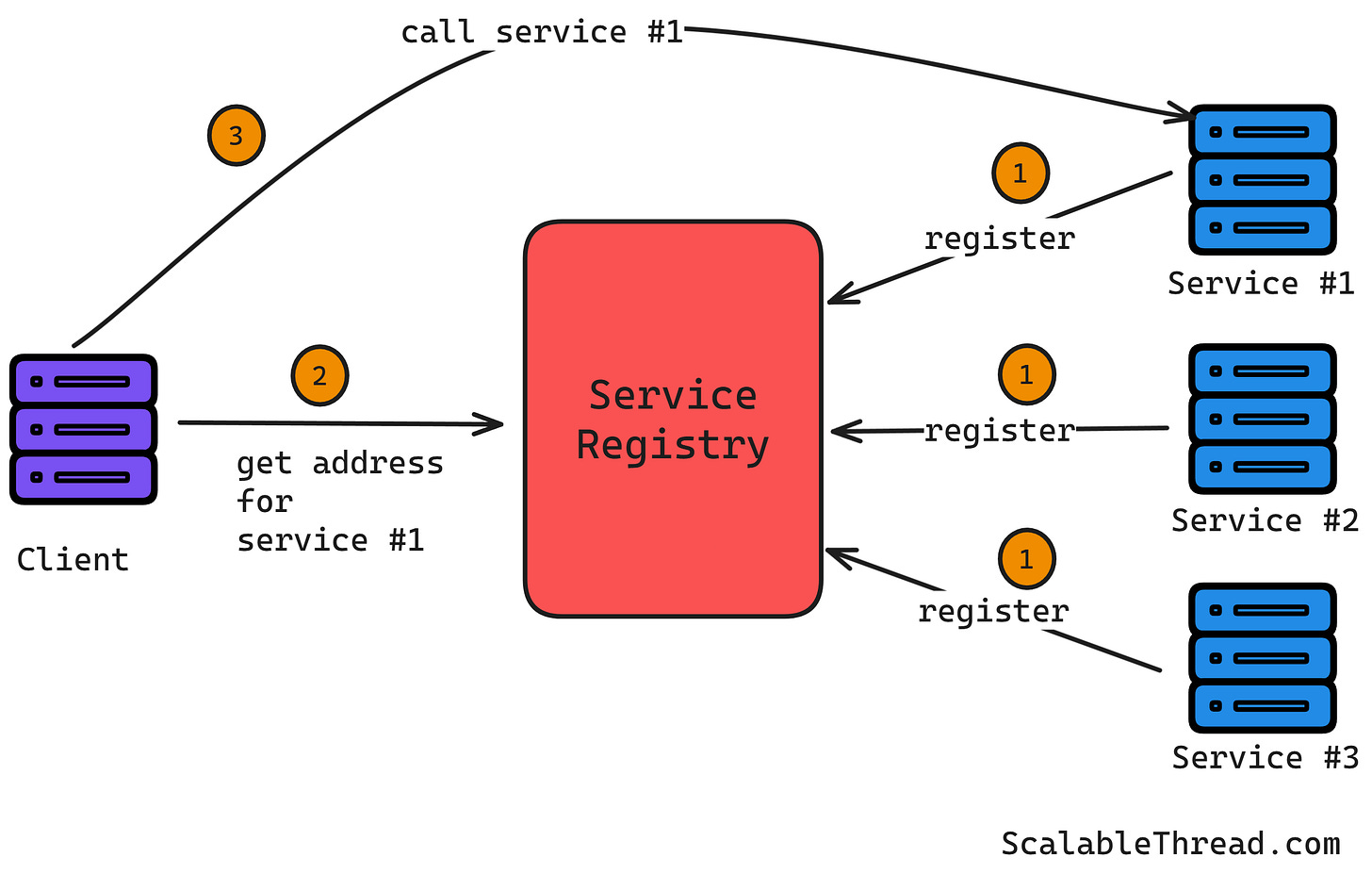What is Service Discovery?
Understanding How Services are Discovered in Distributed Systems
What is Service Discovery?
Service discovery is the process by which services automatically discover and connect to each other. In a traditional monolithic application, components within the application are connected and shipped together. However, in a microservices architecture, services are often deployed in separate containers or virtual machines, and their IP addresses and ports can change due to scaling, failures, or deployments. Service discovery provides a mechanism to abstract away these dynamic locations, allowing services to discover and communicate with each other without hardcoding addresses. Think of it like a dynamic phone book for the services.
Understanding Service Registry
A service registry is a central database that stores information about the available services and their instances. It maintains a real-time view of the service landscape, including the IP addresses, ports, and health status of each instance. Services register themselves with the service registry when they start, and they periodically send heartbeats to indicate that they are still healthy.
Types of Service Discovery
There are two types of service discovery: client-side discovery and server-side discovery.
Client-Side Discovery
In client-side discovery, the client is responsible for determining the location of a service instance. The client queries a service registry to find available instances of a service and then uses a load balancing algorithm to select one.
How it works:
The client requests the list of instances for a specific service from the service registry.
The service registry returns a list of IP addresses and ports for the available instances.
The client uses a load balancing algorithm (e.g., round-robin, least connections) to select an instance.
The client connects directly to the chosen instance.
Server-Side Discovery
In server-side discovery, the client makes a request to a load balancer, which then forwards the request to an available service instance. The load balancer queries the service registry to find available service instances.
How it works:
The client sends a request to a known address (the router or load balancer).
The router/load balancer queries the service registry to find the available instances for the requested service.
The router/load balancer selects an instance and forwards the request.
Pros and Cons
Client-side discovery offers more control over load balancing but adds complexity to the client implementation. Server-side discovery simplifies the client and is often easier to manage, but it can introduce a single point of failure.
Server-side discovery includes an additional hop through the load balancer that can introduce latency, whereas client-side discovery directly communicates with service instances offering lower latency.
Centralized control in server-side discovery makes managing and monitoring service interactions easier.
If you enjoyed this article, please hit the ❤️ like button.
If you think someone else will benefit from this, then please 🔁 share this post.


